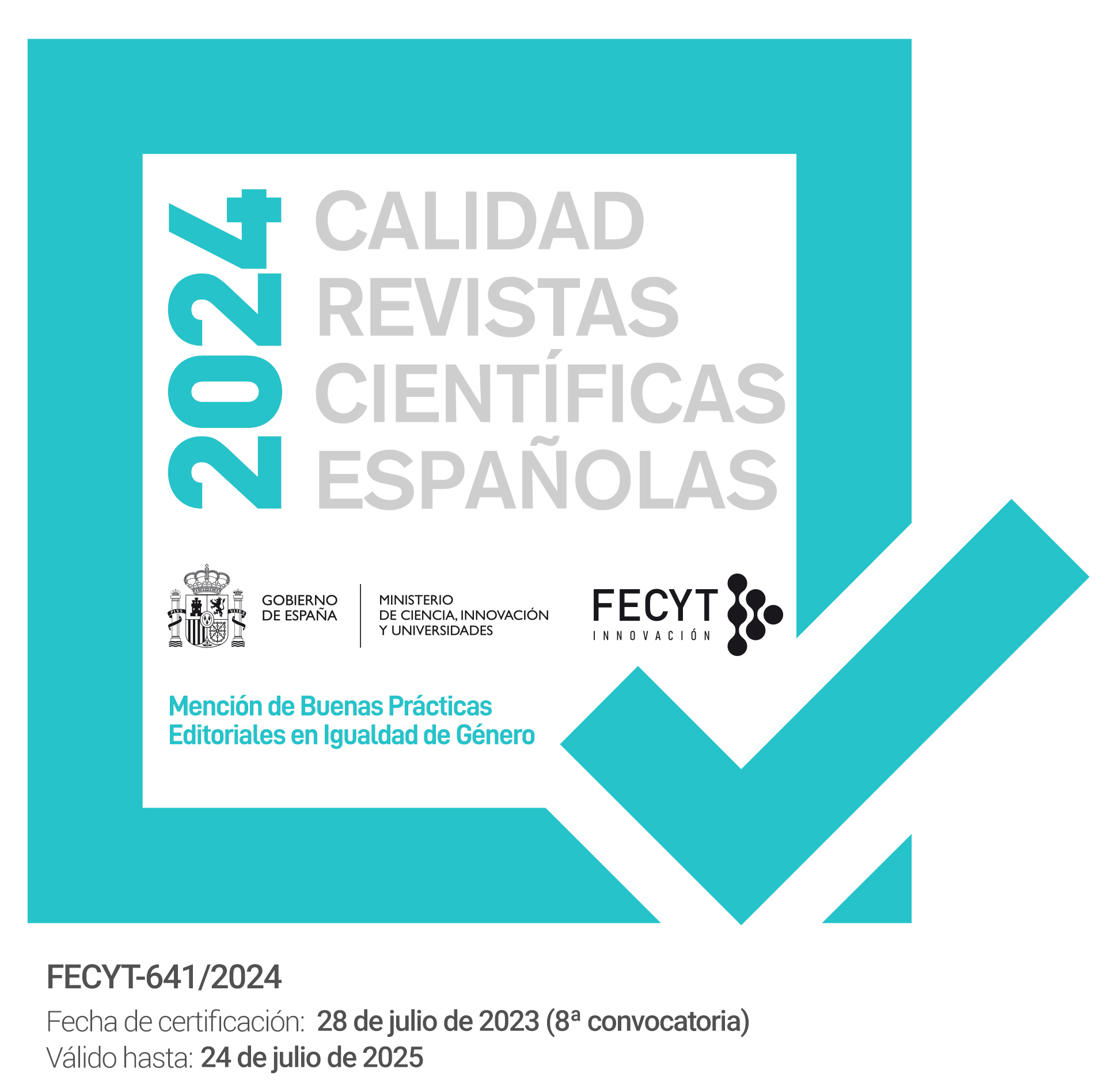El lector ficticio en la obra de Antonio Muñoz Molina
DOI:
https://doi.org/10.12795/PH.2006.v20.i02.04Abstract
RESUMEN
En este artículo, se aplica a la obra de Antonio Muñoz Molina la teoría del lector ficticio, desarrollada por autores como W. Iser y H. Link. El autor ubetense utiliza en su obra, fundamentalmente, dos tipos de lector ficticio: el lector-detective que debe actuar en la obra como un verdadero investigador que reúne todas las pistas para llegar a una resolución final; el lector pasivo, que actúa como un lector extratextual, limitándose a rellenar, imaginativamente, las lagunas de las historias que se narran en las novelas del autor.
ABSTRACT
In this paper, the theory of the inscribed reader is applied to the work of Antonio Muñoz Molina, developed by authors like W. Iser and H. Link. The ubetense author uses in his work, fundamentally, two types of inscribed reader: the reader-detective who must act in the novels like a true investigator who collects all the tracks to arrive at a final resolution; the passive reader, who acts like an extratextual reader, limiting itself to fill up, imaginatively, the gaps of histories that are narrated in novels of the author.
Downloads
Metrics
No metrics found.
Downloads
Published
How to Cite
Issue
Section
License
The printed and electronic editions of this Journal are edited by the University of Seville Editorial, and the source must be cited in any partial or total reproduction.
Unless otherwise indicated, all the contents of the electronic edition are distributed under a license of use and distribution “Attribution-NonCommercial-NoDerivatives 4.0 International” . You can view the informative version and the legal text of the license here. This fact must be expressly stated in this way when necessary.
Authors who publish in this journal accept the following conditions:
- The author/s retain copyright and grant the journal the first publication right, and accept it to be distributed with the Creative Commons By NC ND 4.0 licence, which allows third parties to use what is published whenever they mention the authorship of the work and the first publication in this journal and whenever they do not make commercial use and reuse it in the same way.
- Authors can make other independent and additional contractual agreements for the non-exclusive distribution of the article published in this journal (e.g., include it in an institutional repository or publish it in a book) provided they clearly indicate that the work was published for the first time in this journal.
Authors are allowed and recommended, once the article has been published in the journal Philologia Hispalensis (online version), to download the corresponding PDF and disseminate it online (ResearchGate, Academia.edu, etc.) as it may lead to productive scientific exchanges and to a greater and faster dissemination of published work (see The Effect of Open Access).
- Abstract 140
- PDF (Español (España)) 78












